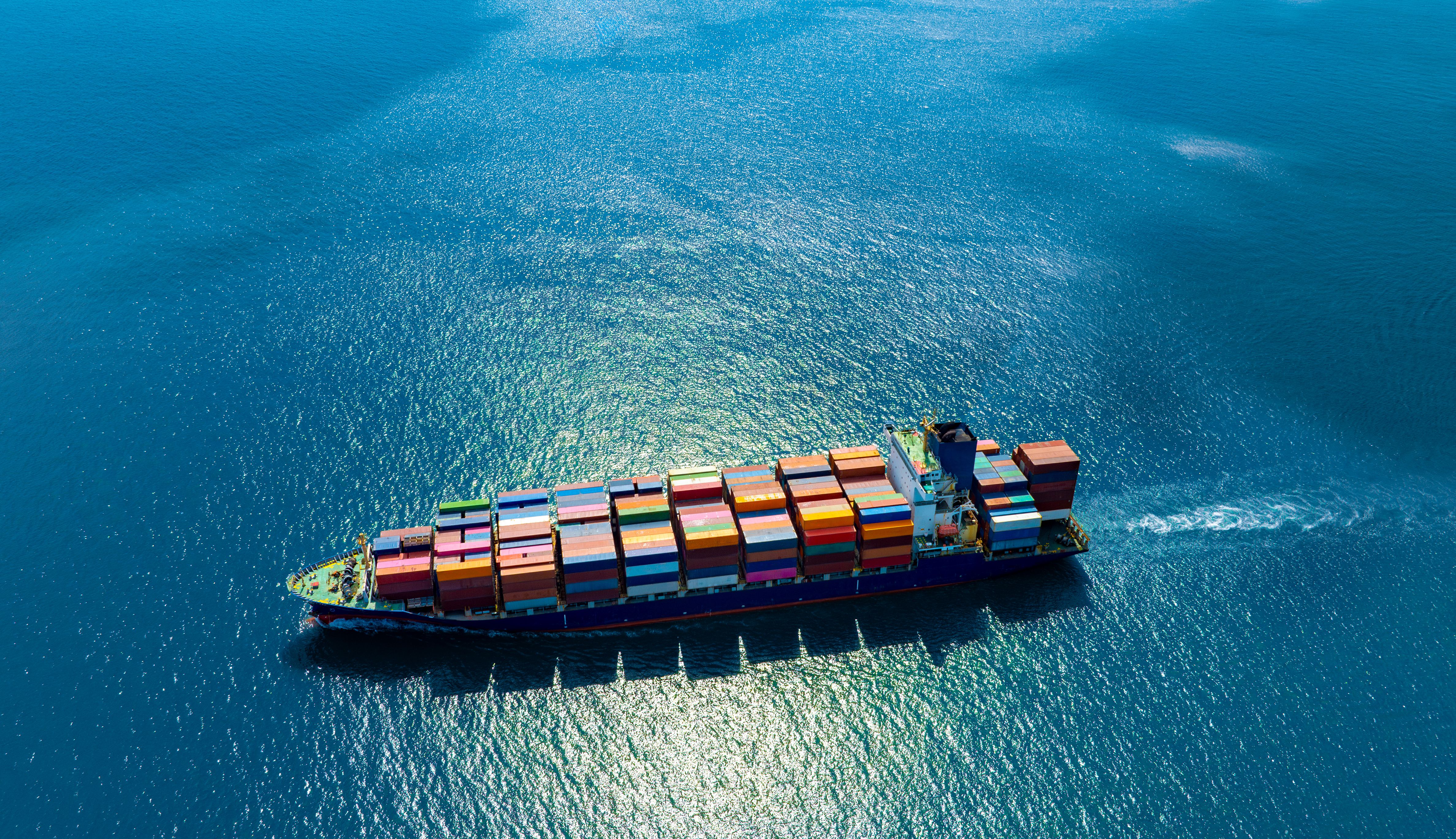The Economic Potential of Mocha Port in Yemen
Introduction to Mocha Port
Mocha Port, located on the Red Sea coast of Yemen, is a historic port known for its rich past as a center of the coffee trade. Today, it holds significant economic potential for the region and could play a crucial role in Yemen's economic recovery and development. The strategic location of Mocha Port makes it a vital link between Europe, Africa, and Asia, offering numerous opportunities for trade and commerce.
Facts from a Storied Past:
Founded in the 14th century, Mocha rapidly ascended to become the most prominent port in Yemen by the 17th century. Its strategic location on the Red Sea, near the Bab-el-Mandeb strait, made it a crucial nexus for trade connecting the Arabian Peninsula, Horn of Africa, Mediterranean, and later, European and Asian markets.
- The Original Coffee Hub: For centuries, Mocha was the sole significant channel for exporting Yemeni coffee, primarily high-quality Coffea arabica beans grown in the Yemeni Highlands. The port's name became synonymous with this prized commodity, solidifying its place in global language and coffee culture.
- Strict Monopoly: Yemeni rulers fiercely guarded their coffee monopoly, often only allowing roasted or partially processed beans to leave the port to prevent cultivation elsewhere. This strategy sustained Mocha's dominance for a considerable period.
- A Melting Pot of Trade: Merchants from India, Egypt, and European powers like the British, Dutch, Danes, and French maintained "factories" (trading establishments) in Mocha, exchanging finished goods for coffee, myrrh, and other Yemeni products.
- Decline and Diversion: Mocha's prominence began to wane in the late 18th and early 19th centuries due to various factors: conflicts between European powers and the Ottomans, the rise of coffee plantations in other parts of the world (like Java and South America), and crucially, the shift of major trade operations to the more modern ports of Aden (developed by the British) and Al-Hudaydah (developed by the Ottomans).

Current status: A Glimmer A midst Challenges:
After decades of decline and compounded by the recent conflict, Mocha Port's operational capacity is significantly diminished.
Limited Operations: As of July 2025, MyShipTracking data indicates zero vessels currently in port, zero arrivals, and zero departures within the last 24 hours, and no expected arrivals in the next 30 days. This paints a stark picture of its current inactivity.
Conflict Impact: The port and its facilities have suffered damage due to the ongoing conflict. Reports highlight the urgent need for repairs, spare parts, and equipment maintenance. Accessibility has been impacted, and its capacity as a key maritime gateway is currently hindered.
Strategic Location, Dormant Potential: Despite its historical significance and strategic location, Mocha currently faces severe limitations. While other Yemeni ports like Aden, Mukalla, Saleef, and Hodeidah are reported as operational (though with specific entry conditions due to conflict control points), Mocha's revitalization efforts are ongoing.
Rehabilitation Efforts: Consulting services have been engaged to assess and plan for Mocha Port's rehabilitation. This includes structural assessments, hydrodynamic studies to prevent sedimentation, master planning for both offshore (docks, breakwaters) and onshore facilities (buildings, infrastructure), and preparing detailed designs and tender documents for reconstruction.
Strategic Location and Trade Opportunities
The port's proximity to the Bab-el-Mandeb Strait, one of the world's busiest maritime choke points, positions it as a key player in global shipping routes. Mocha Port can facilitate increased trade not only for Yemen but also for neighboring countries. The port's development could attract shipping companies, boost cargo traffic, and enhance regional trade partnerships. This increased activity would provide a much-needed boost to Yemen's economy, creating jobs and stimulating growth.
Moreover, the expansion and modernization of Mocha Port could foster new trade agreements and bolster existing ones. By improving its infrastructure, Yemen could become a more attractive destination for foreign direct investment (FDI), helping to diversify its economy beyond traditional sectors such as agriculture and oil.
Economic Growth and Job Creation
Despite its current challenges, Mocha Port holds immense, untapped potential that could significantly contribute to Yemen's economic recovery and diversification.
Revitalizing Coffee Exports: Mocha's legacy is coffee. With renewed stability and investment, the port could once again become a key conduit for Yemen's specialty coffee, which is highly prized internationally. Efforts are already underway by various initiatives to encourage Yemeni farmers to shift from water-intensive khat cultivation back to coffee, focusing on quality to fetch premium prices. A fully functional Mocha Port would dramatically reduce logistics costs and complexity for these high-value exports, directly benefiting rural farmers and increasing foreign currency reserves.
Strategic Trade Gateway: Its proximity to the Bab-el-Mandeb strait, one of the world's busiest shipping lanes, positions Mocha to become a crucial regional trade hub. With proper infrastructure development (deeper berths, modern cargo handling equipment, secure storage), it could serve as a transshipment point, facilitating trade not just for Yemen but for the wider region, including parts of the Horn of Africa.
Fisheries Development: Yemen has a long coastline rich in marine resources. A revitalized Mocha Port could include modern fishing docks, cold storage facilities, and processing plants, boosting the local fishing industry for both domestic consumption and export. This would create jobs and diversify the economy beyond agriculture.
Humanitarian Aid & Reconstruction: Given the ongoing humanitarian crisis, a fully operational and secure Mocha Port could serve as an additional, vital entry point for humanitarian aid, alleviating pressure on other ports like Hudaydah and ensuring more efficient distribution across the country. In the long term, it would be critical for importing construction materials and equipment for national reconstruction efforts.
Job Creation: The rehabilitation and operation of the port would directly create thousands of jobs in construction, logistics, port management, customs, and ancillary services. Indirectly, it would stimulate growth in various sectors linked to trade, such as transportation, agriculture, and manufacturing.
Diversification of Trade: Beyond coffee, Mocha could handle a wider range of imports and exports, supporting local industries and connecting them to global markets. This diversification is crucial for reducing Yemen's reliance on specific commodities and building a more resilient economy.

Additionally, the growth of Mocha Port can stimulate ancillary industries such as transportation, warehousing, and supply chain management. This would not only contribute to economic growth but also promote knowledge transfer and skill development among the local workforce.
Sustainability and Environmental Considerations
While the economic benefits of developing Mocha Port are clear, it is essential to consider the environmental impact of such an expansion. Sustainable practices should be integrated into the port's development plan to minimize potential environmental damage. This includes adopting eco-friendly technologies and practices to reduce emissions and waste.
Engaging with environmental experts and stakeholders can help ensure that Mocha Port's growth aligns with sustainable development goals. By prioritizing environmental protection, Yemen can set an example for other developing nations on how to balance economic growth with ecological responsibility.

Conclusion: Unlocking Potential
The economic potential of Mocha Port in Yemen is immense. With strategic investments and a focus on sustainable development, Mocha Port can become a driving force in the region's economic revitalization. The benefits extend beyond trade and commerce, offering opportunities for job creation, skill development, and improved living standards.
By leveraging its strategic location and unique historical significance, Mocha Port can once again become a hub of economic activity, contributing to a brighter future for Yemen and its people.
